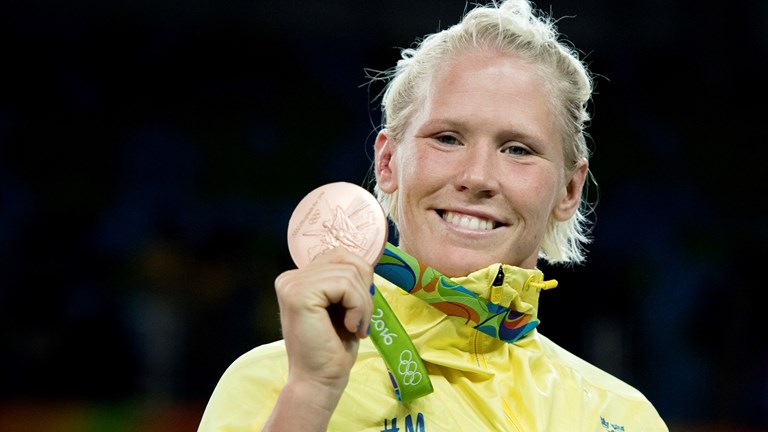IAQ WAS WINNER IN RIO
Ordinary people, when resting, breathe up to 10,000 liters of air daily. High performance athletes may inhale 100,000 to 200,000 liters, making them even more susceptible to the adverse effects of air pollution. In that case, can elite athletes recover better and faster by breathing air cleaned by air purifiers with HEPA filters? This was the focus of a unique pilot study conducted before and during the 2016 Olympic Games in Rio by the Swedish Olympic Committee (SOC), Camfil’s indoor air quality (IAQ) experts, and Karolinska Institutet in Stockholm.
“There is currently overwhelming scientific evidence that outdoor air pollution is associated with significant adverse health effects such as increased morbidity and mortality for respiratory and cardiovascular diseases" says Sven-Erik Dahlén, Professor at Karolinska’s Institute of Environmental Medicine, who supervised the study. He continues: “Given the large increase in exposures to environmental air that active elite athletes experience – simply by their large increases of respiration during training and competitions – it seems likely that their performance and long-term health may be negatively affected by air pollution. To create a clean environment during the indoor recovery period would therefore seem to be one important strategy for reducing the total daily exposure to pollutants, and for securing an optimal environment during the recovery period.
“Rio was a very important project, teaching us that it is feasible to achieve a significant reduction of indoor air pollution in an extreme real-life situation,” he ends. For the pilot study, Camfil supplied City M and City S air purifiers. City M was used to purify air in the residences of four selected Swedish Olympians for several months prior to the Games. Eighty City S units were placed in the living accommodations of all Swedish Olympic team members in Rio.
Complete IAQ program
Before Rio, the Swedish elite athletes were briefed on the importance of IAQ and air purifier technology. During the study, Olympic wrestler Jenny Fransson had the opportunity to supply lung function and lung inflammation biomarker recordings, proving that it is feasible to collect such objective data over longer time-periods, even on very active and competitive athletes.
JENNY FRANSSON
Jenny Fransson, bronze medalist in wrestling in Rio, supplied lung function and biomarker recordings before and after Rio. She suffers from asthma and allergies. “We always take great caution to plan our diets and many other factors at Olympic events but we have never attempted before to do something about the problem of indoor air pollution,” she says. Jenny could really feel the difference in air quality with Camfil air purifiers. “I think it is wise to invest inn clean air".

Extensive measurements
The pilot study involved technical tests and measurements. An advanced particle counter calibrated airborne concentrations in homes and Olympic rooms before and after air purifiers were used. Camfil’s IAQ Multiscreen product tracked VOCs, and IAQ screening tests were conducted for additional analysis of indoor air. Camfil’s scanning electron microscope (SEM) also took photos of air samples to analyze the particle content.
Test with City S in an Olympic Village room. In less than one hour, the air purifier reduced the concentration of 0.3 micron particles by more than 90%. City S also brought down the concentration of dust (10.0 μm) from 40,000 particles to just a few.
According to the results, the air purifiers proved to reduce indoor particle concentrations considerably, making indoor air up to ten times cleaner than outdoor air. In one athlete’s room, the particle concentration was reduced up to 90 percent in less than one hour with City S.
“Our most successful Swedish Olympian in Rio (one gold medal, one silver and one bronze) felt the air purifiers were an extra benefit that helped her maintain the highest performance standard, despite an extremely busy schedule. Even if we don’t know yet if this was a psychological or true physiological effect, it was a very favorable outcome,” said Professor Dahlén. He now hopes the pilot study will encourage efforts to conduct a larger controlled study of the values of these devices among patients with asthma and for the recovery of endurance athletes.







